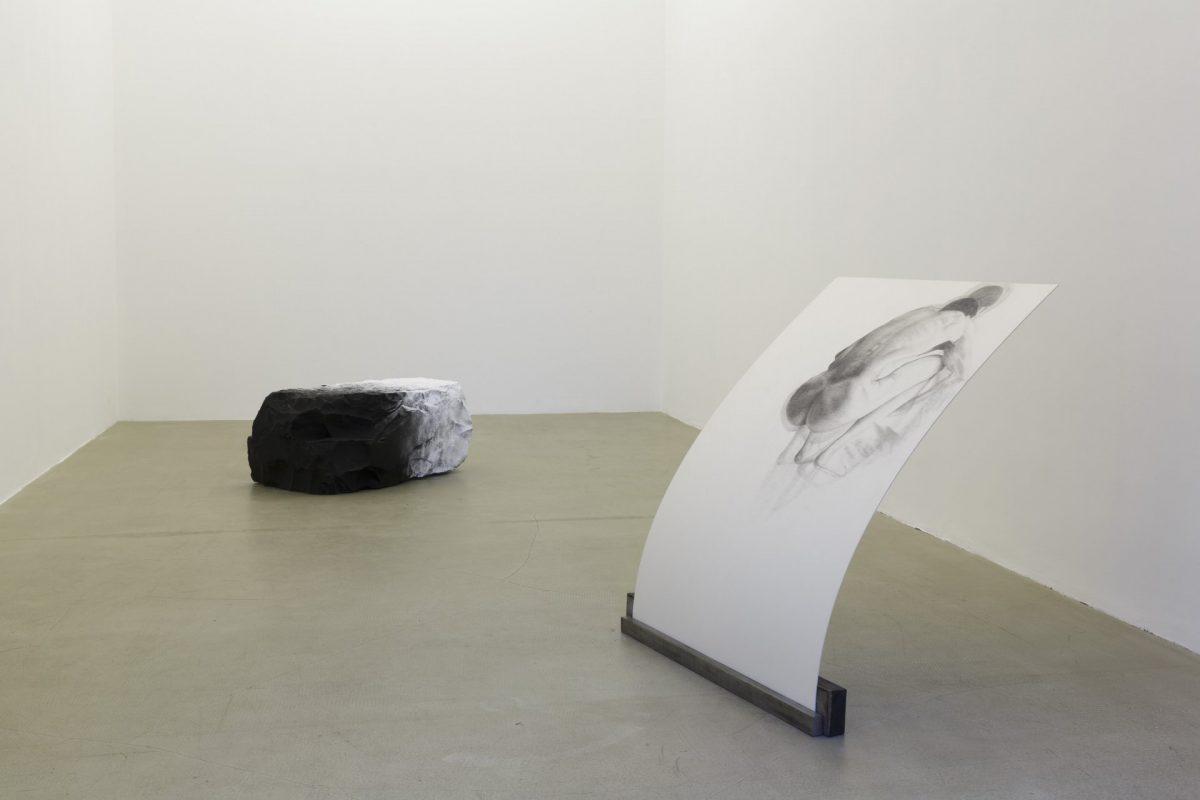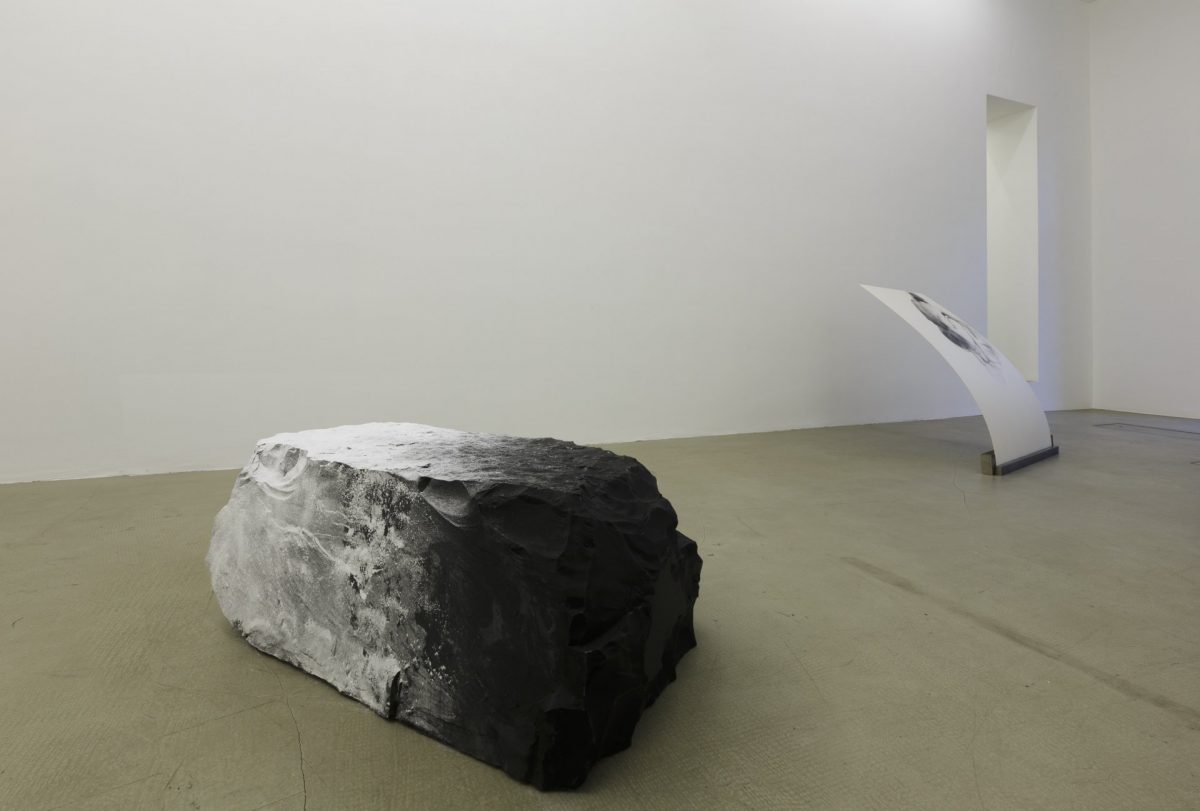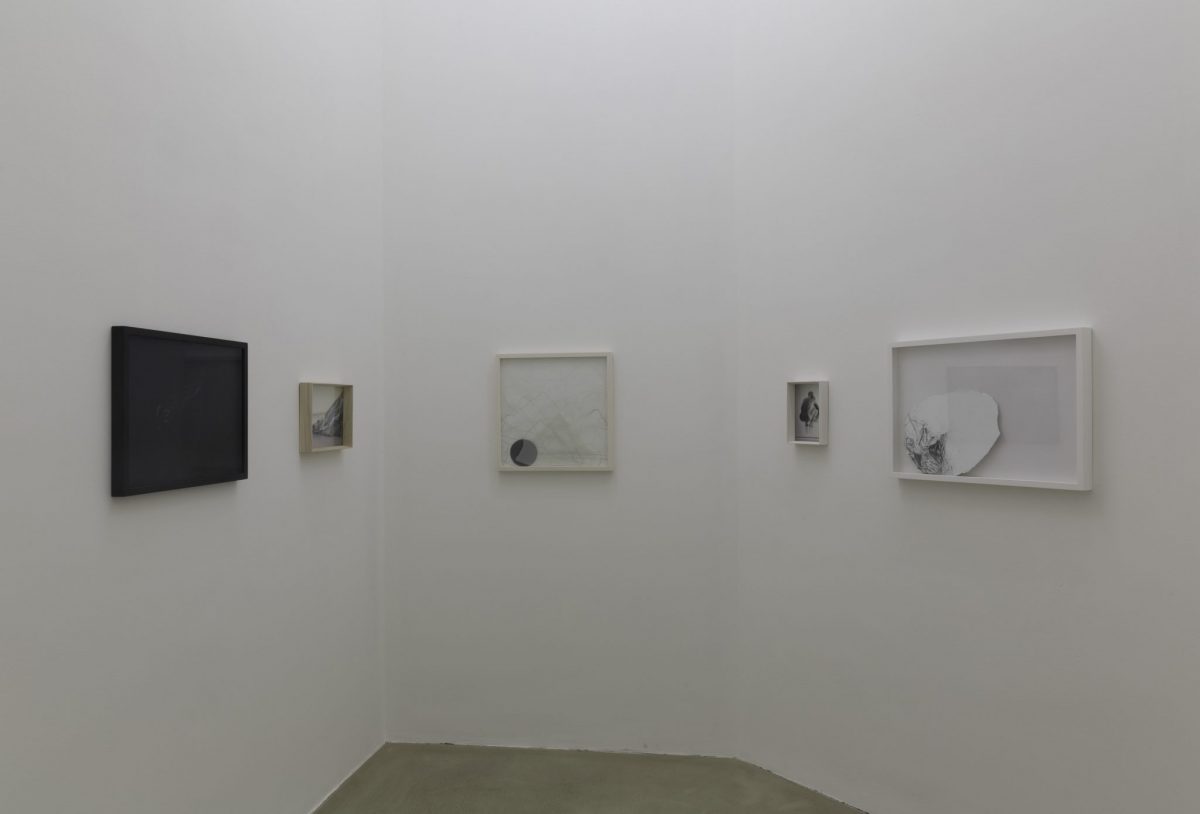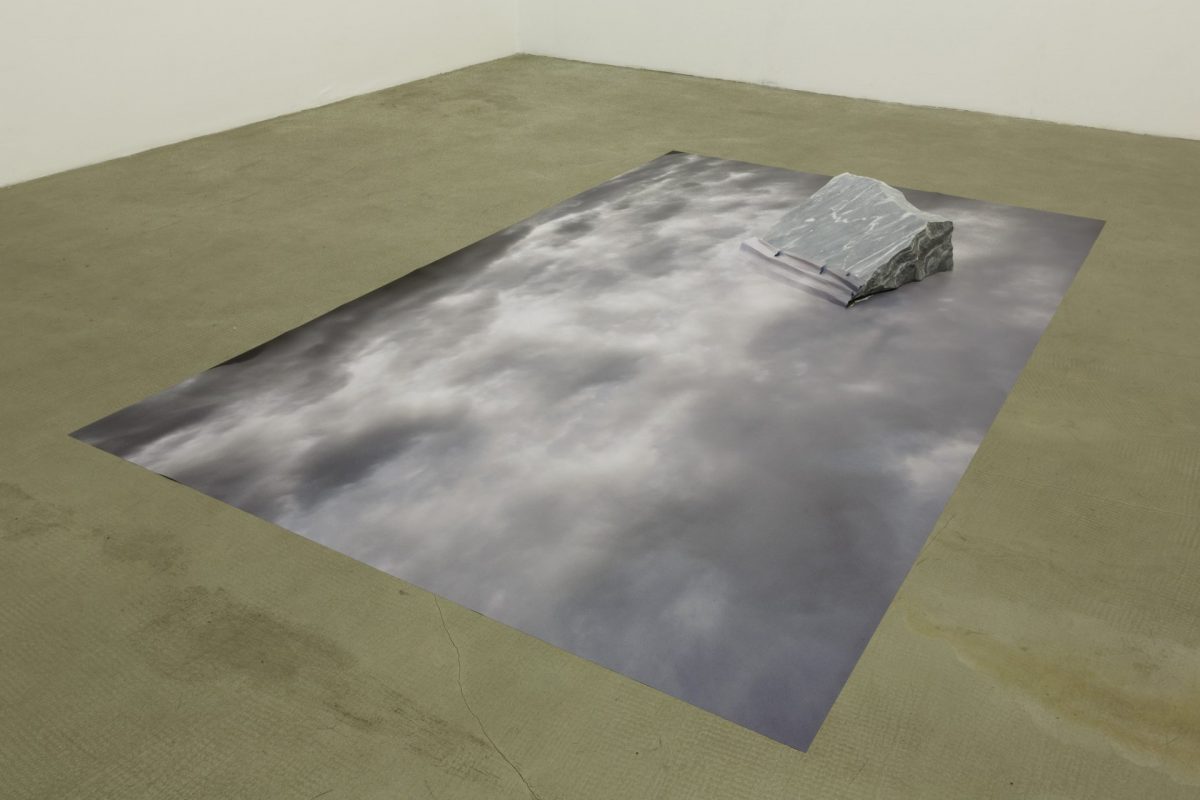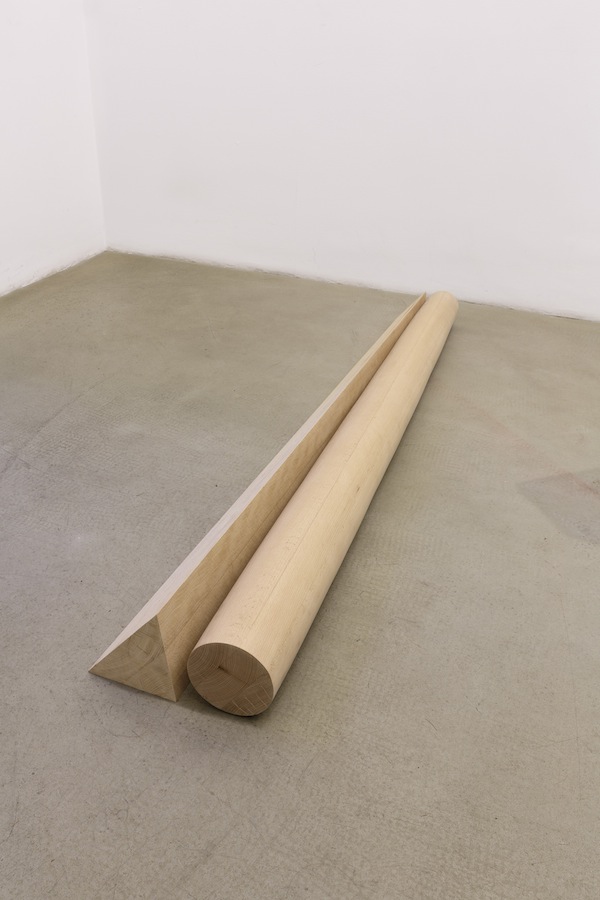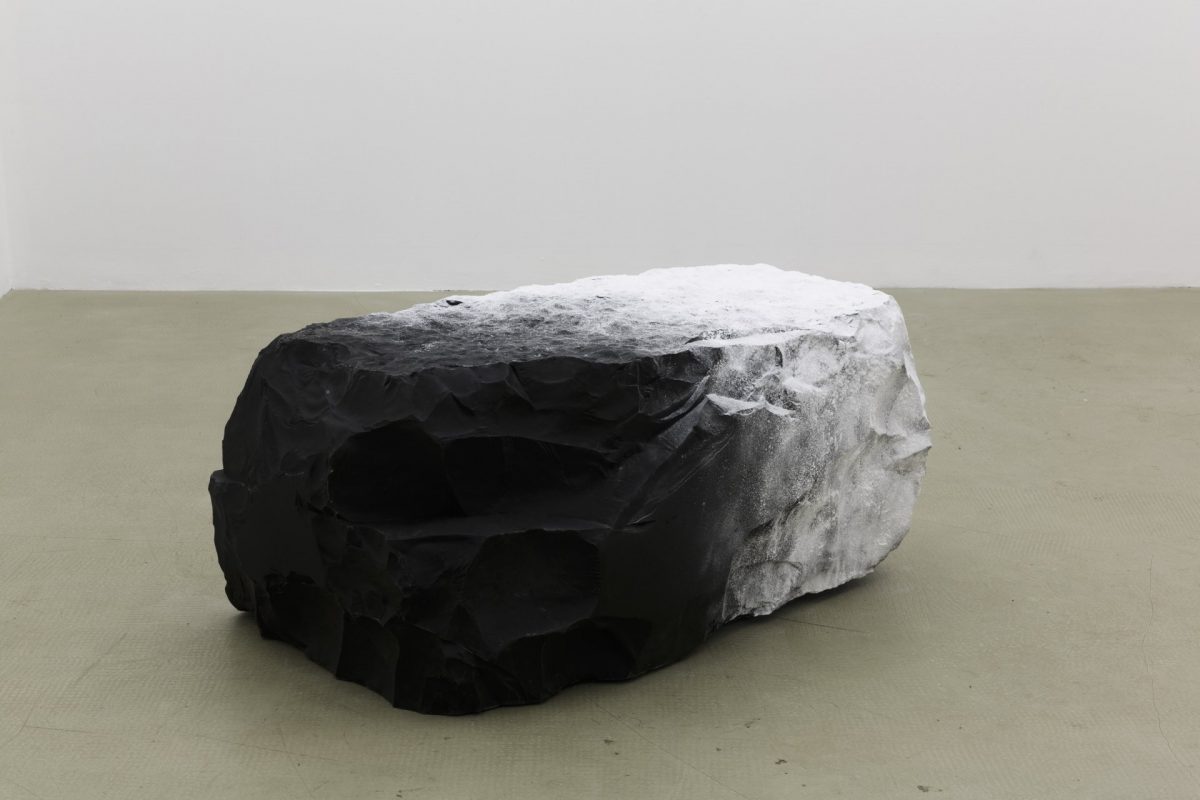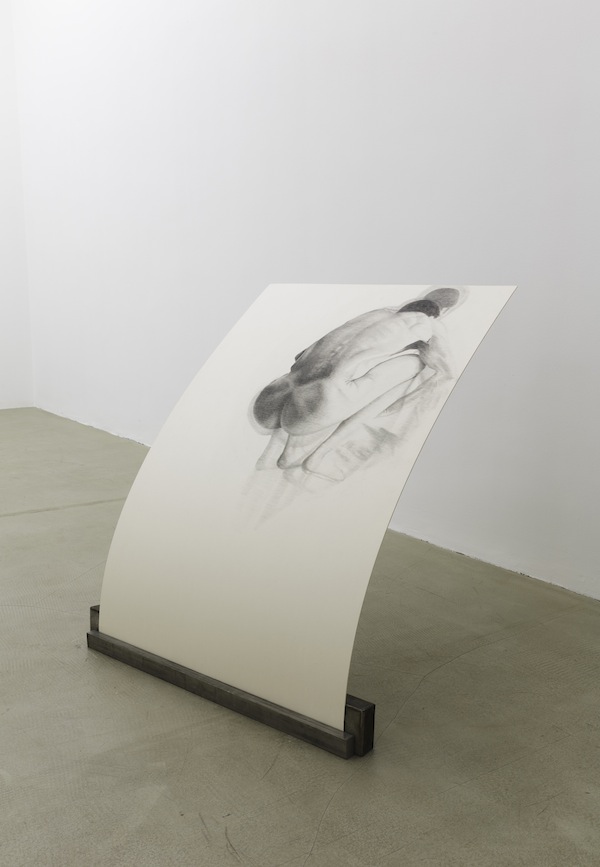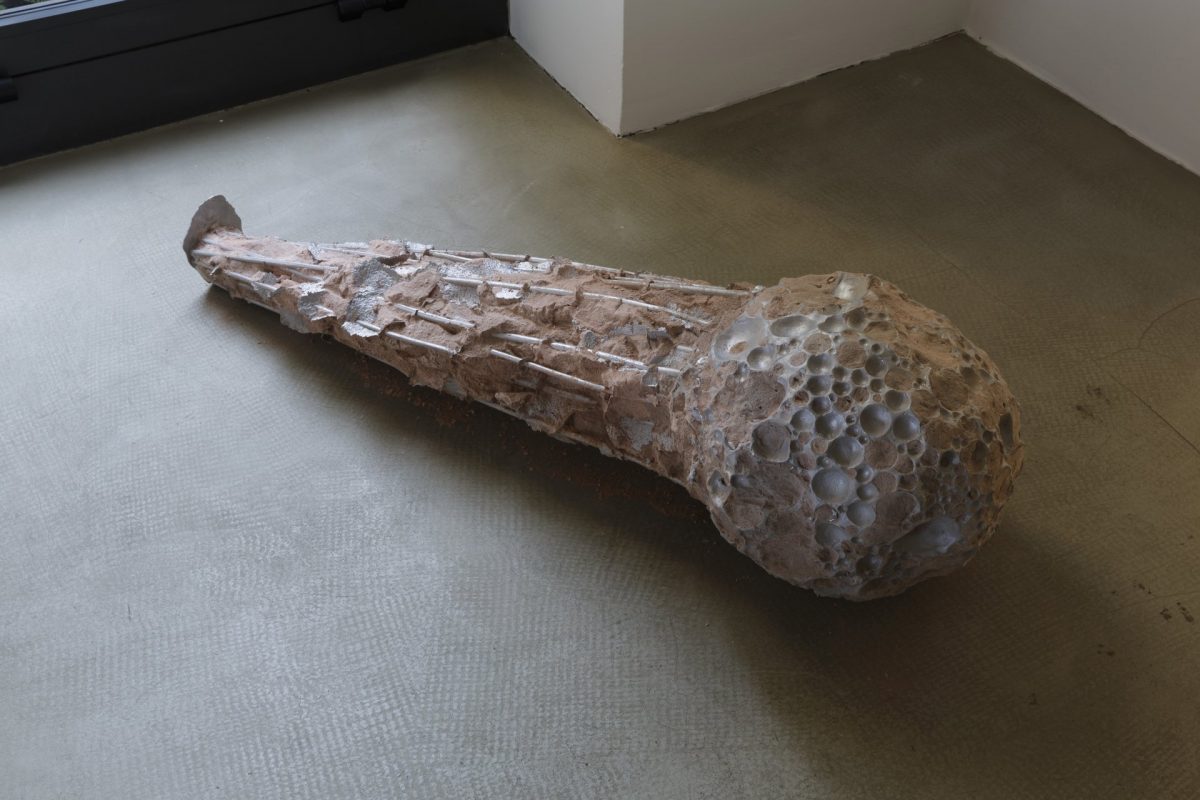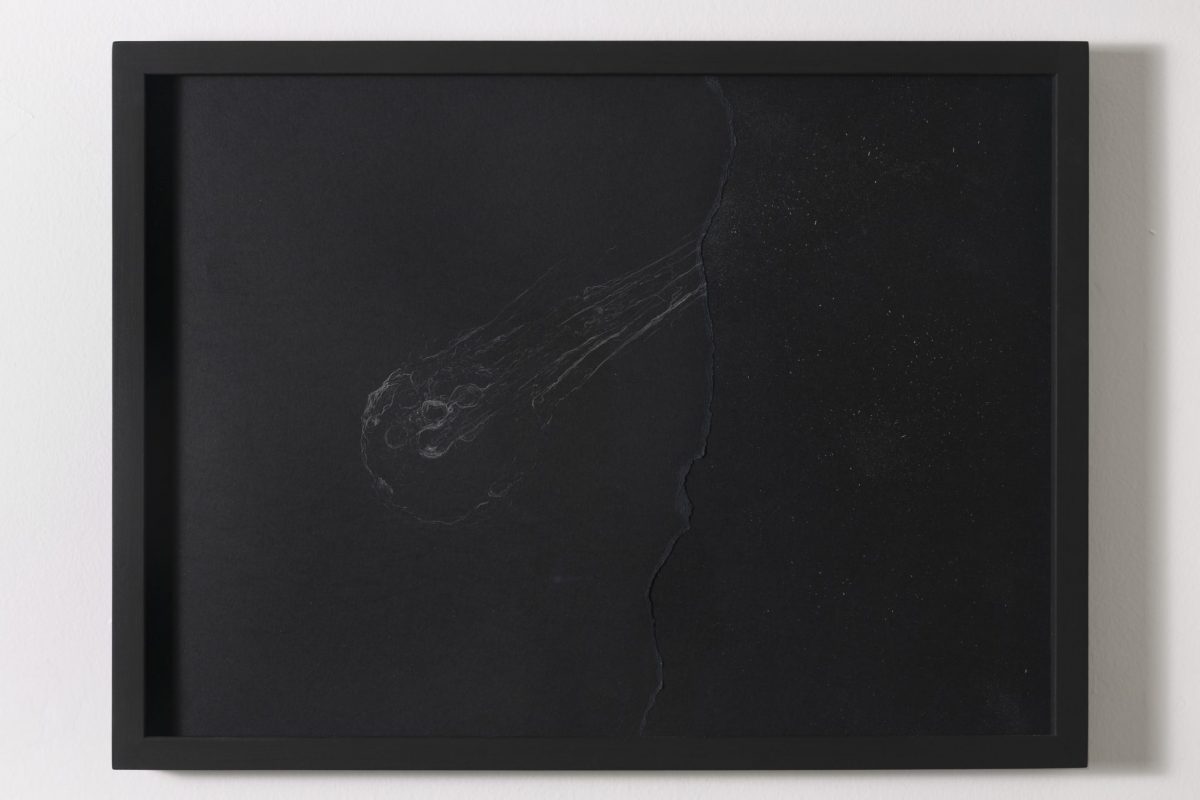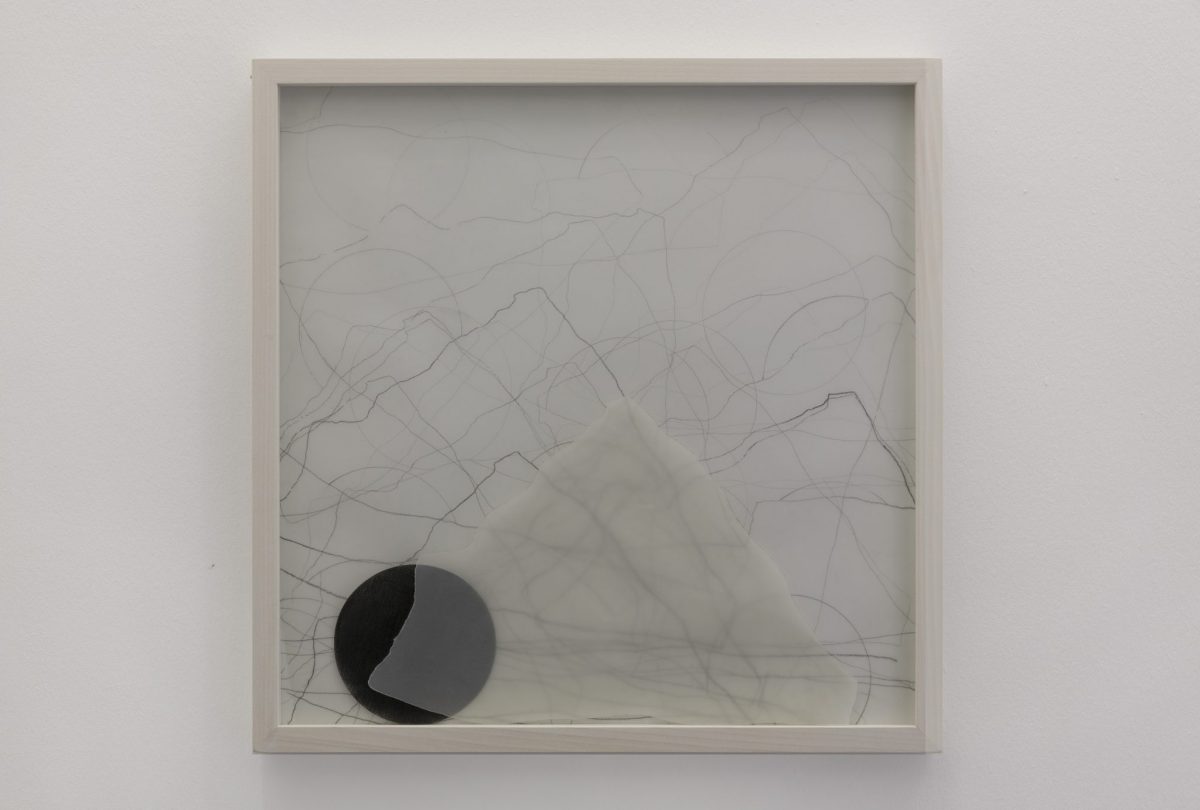
- This event has passed.
Every artwork in its own essence (when it has one), is a proposition for a new world. This proposition is essentially the artistic gesture given to the observer. In realty, this gesture already belongs to the observer. As if, at the moment it is given, the observer unconsciously remembers it. The observer in this case doesn’t make use of the artwork in a traditional sense, he doesn’t read it, he doesn’t consume it, but computes a demiurgic act in initiating it. “The image is what lets itself begin, all the rest is lost to our imagination,” thus affirmed Jean Baudrillard, in one of his last lectures, surpassing his apocalyptic vision of the postmodern world of media and the mediated.
The physical experience and the imaginative evocation are the beginning of the image, intended as an imaginative initiation. I describe a demiurgic act, as precisely this imaginative initiation, with this I mean an image that is essentially performative. It may seem strange, but for me this image has a preordained moral sense.
This “Beginning” presents itself with an undeniable and unmistakable concreteness, to the point that it lead me to think of it as “truth.”
The question of “truth” brings with it a moral value and responsibility: this is the beginning of an immanent morality. And it is the inaugural image that, with its truth, brings a moral sense.
The five propositions for a new world (which allude, with gratitude, to Italo Calvino’s Lezioni Americane) each crystallize an image that allows itself to begin, which is precisely what distinguishes the new world from the old one.
Sotto la superficie, la verità della concretezza (Under the surface, the truth of concreteness). To go under the surface, a deep reaching gesture of rupture (of vision, of thought) is necessary, as is the surface itself, or the superficiality, which veils this depth.
Within this paradox of surface/appearance and depth/concreteness bare experience is established.
This dichotomy constitutes a poetic act. Taken separately, the first – the surface – becomes a chimera and the other – the concreteness – is reduced to mere aesthetic taste. On the other hand, a synthesis between these two poles suggests that the profanation of mediated perception bears the onset of experience. And here it is: a wedge of Bardiglio marble tearing an ink jet print photograph of the sky that I took some times ago while crossing the Alps.
Alpha e Omega (Alpha and Omega). Freed from being a purely functional act, the work becomes a concrete symbol of time. The time of the beginning and the time of the end, divided from their becoming. The becoming is the finished work that, from the same entity, creates two different bodies, with two different sensibilites, two different lights. A roughly cut piece of a seasoned beechwood defines a triangle shape of the A of Alpha, and the gesture of sanding and polishing the curved surface of the cylinder of the same seasoned beechwood outlines the O of Omega. Alpha and Omega are separated, but at the same time united by the path that embellishes: the work.
Piegarsi per il proprio peso (Bending for one’s own weight). To be astonished by things, not just by their effects, but to physically feel them, signifies the constitution of their causes and to invest oneself in a true responsibility. To feel the bending of a piece of paper as if it was one’s own body does not just indicate an effect, but it also inaugurates the cause, an artistic act. It is the moving body of the artist, incarnated by a graphite drawing, that weighs on the paper, creating a gravitational force. This imaginative synthesis between cause and effect becomes a concrete allegory for the artistic act and, at the same time, in the words of Kierkegaard, “a leap which exceeds doubt.”
Il mistero nascosto da una nuvola (The mystery hidden by a cloud). The act of being veiled has always characterized the nature of mystery, that is to say, something that lives in the abyss of our imagination, not totally understood. The vision of mystery manifests itself in an obscurely open fashion, and for this reason, it is continuously vital. On the other hand, it is in this act of veiling itself, like the veiling on a chocolate cake with powdered sugar, that the mystery manifests itself. It manifests concretely, like the moment in which a mountaintop pierces a cloud, or a face is hidden by a veil. Nature loves to hide itself – re-veil itself so to speak – it is precisely in hiding itself that it manifests as image – a paradox of logic. But here, I have the feeling that nature does not ask us for comprehension, but instead welcomes us, a relaxedness in which we allow ourselves to begin from that which appears as mystery.
Iniziare un tempo (Begin a time). The time of the apparition of a figure is distinguished and separates that which was before its unveiling. In its apparition, the figure begins its own time, like the comet that launched beginning of the western time. A previous work titled Cause (Causes) 2004 is the origin of this work, for which I now decided to keep the casting tubes and part of the earth that covered the cast itself, just enough for the figure to unveil and articulate itself. It seemed strange to me the way in which that icon, rooted in our memory, solidifies in the material like the abyss of our unconscious, the figure, unveiling itself, each time giving a decisive face. This decided face of being outside of time, of eternity, from our abyss, enters in our familiar space and begins a new time, much like a comet does.
In the end, in what does this morality consist?
You will know when it is born within you, as it was born in me.
Gianni Caravaggio June, 2013.
Ogni opera d’arte nella sua essenza (quando ne ha una) è una proposizione per un mondo nuovo. Questa proposizione è sostanzialmente l’atto artistico che essa dona all’osservatore. In realtà, quell’atto appartiene già all’osservatore. Come se, nel momento di tale dono, l’osservatore si ricordasse, inconsapevolmente, di esso. In questo caso l’osservatore non fruisce l’opera nel senso comune, non la legge, non la consuma, ma compie un atto demiurgico nell’iniziarla. “L’immagine è quella che si lascia iniziare, tutto il resto è perso per la nostra immaginazione”, così sosteneva Jean Baudrillard nelle sue ultime lezioni, superando la propria visione apocalittica del mondo mediatico e mediale postmoderno.
L’esperienza fisica e l’evocazione immaginativa sono il principio dell’immagine, intesa come iniziazione immaginativa. Ho definito come atto demiurgico tale iniziazione immaginativa, e con questo intendo un’immagine essenzialmente performativa. Quello che potrebbe sembrare strano è che tale immagine predisponga a un senso morale.
Questo “Iniziare” si presenta con una concretezza schiacciante ed inequivocabile, a tal punto da indurmi a intenderlo come “verità”. La questione della “verità” porta con sé un valore morale, di responsabilità: è l’inizio di una morale immanente. Ed è l’immagine inaugurale che porta con la sua verità un senso morale.
Le cinque proposizioni per un mondo nuovo (che alludono, con gratitudine, alle Lezioni americane di Italo Calvino) cristallizzano ognuna in un modo differente un’immagine che si lascia iniziare ed è proprio questo “lasciarsi iniziare” ciò che distingue il mondo nuovo da quello vecchio.
Sotto la superficie, la verità della concretezza. Per andare sotto la superficie è necessario tanto il gesto dirompente (della visione, del pensiero) che va in profondità, quanto la superficie o il superficiale che vela tale profondità. All’interno di questo paradosso tra superficie/apparenza e profondità/concretezza s’istaura la nuda esperienza. Tale dicotomia costituisce un atto poetico. Presi separatamente, l’una, la superficie, diventa una chimera e l’altra, la concretezza, si riduce a un mero gusto estetico. Di contro, la sintesi di questi due poli ci indica che profanare la percezione mediatica dà inizio all’esperienza. Ed eccolo: un cuneo di marmo bardiglio nuvolato che strappa una stampa a getto d’inchiostro di un cielo che ho fotografato qualche tempo fa attraversando le alpi.
Alpha e Omega. Liberando la questione del lavoro dall’essere un atto puramente funzionale, esso diviene un simbolo concreto del tempo. Il tempo dell’inizio e il tempo della fine si presentano come un’unica entità, ma scissa dal divenire. Il divenire è il lavoro compiuto e che fa della stessa entità due corpi diversi, con due sensibilità diverse, due luci diverse. Il taglio grezzo di un pezzo di faggio evaporato per definire la forma triangolare della A di Alpha, e il gesto di aver “cartavetrato” e lucidato la superficie tonda del cilindro dello stesso faggio evaporato che forma la O di Omega, incarnano inizio e fine. Alpha e Omega sono distinti e al contempo legati dal percorso che impreziosisce – il lavoro.
Piegarsi per il proprio peso. Stupirsi delle cose non solo per i loro effetti ma sentirli fisicamente significa costituirsi come loro cause e investirsi di una vera responsabilità. Sentire il piegarsi di un foglio di carta come se fosse il proprio corpo non è solo indicare un effetto ma anche inaugurare una causa, un atto artistico, anzi in questo caso, un “salto artistico” come causa del piegarsi del foglio. E’ il corpo slanciato dell’artista, incarnato da un disegno a graffite, che grava sul foglio, creando così la forza gravitazionale. Tale sintesi immaginativa tra causa ed effetto diventa un’allegoria concreta dell’atto artistico e al contempo, per dirla con Kierkegaard, “un salto che supera l’incertezza”.
Il mistero nascosto da una nuvola. L’essere velato ha sempre contraddistinto il mistero, ovvero qualcosa che vive nella parte abissale della nostra immaginazione, così da non essere mai completamente compresa. La visione del mistero si manifesta incomprensibilmente aperta e, per questo, continuamente vitale. Dall’altro canto è proprio nell’atto di velarsi, come si vela una torta al cioccolato con lo zucchero a velo, che il mistero s’incarna e si manifesta. Si manifesta sempre concretamente, come un paesaggio in cui la punta di una montagna affonda in una nuvola, o in un viso nascosto da un velo. La natura ama nascondersi – ri-velarsi appunto – ed è proprio nel nascondersi che si manifesta come immagine – un paradosso logico, ma in questo manifestarsi ho la sensazione che la natura ci chieda non comprensione ma accoglienza, una rilassatezza in cui ci lasciamo iniziare da ciò che appare come mistero.
Iniziare un tempo. Il tempo dell’apparizione di una figura contraddistingue e separa ciò che c’era prima del suo svelarsi. Apparendo, la figura inizia un tempo proprio, come la stella cometa ha dato inizio al tempo occidentale. Il mio lavoro Cause (2004) è l’origine di questo lavoro, in cui ora ho mantenuto i canali della fusione e parte della terra che copriva la fusione stessa, abbastanza perché una figura si sveli e si enunci. Mi è sembrato strano il modo in cui tale icona, radicata nella nostra memoria, si solidificasse nella materia come da un nostro abisso inconscio. Mentre il mistero si vela e sfugge ad una presa stretta, guardandoci sempre dalla distanza del nostro abisso inconscio, la figura, svelandosi, ogni volta si dà un volto deciso. Questo volto deciso dall’essere fuori dal tempo, dall’eternità, dal nostro abisso, entra nel nostro spazio familiare e inizia un tempo nuovo, proprio come fanno le comete.
Alla fine, in cosa consiste questa morale?
Lo saprai quando nascerà in te, com’è nata in me.
Gianni Caravaggio, giugno 2013



